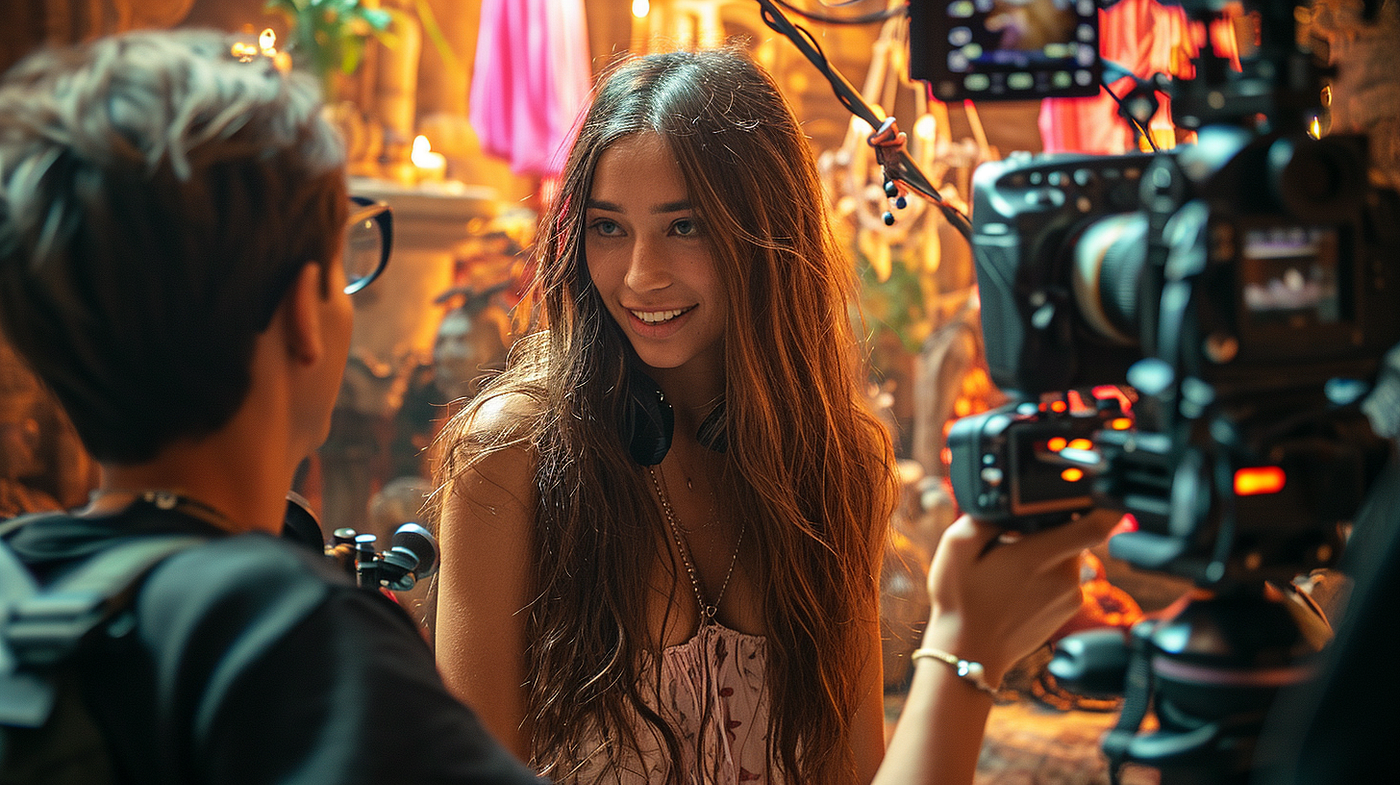🇫🇮 Beyond speech-to-text: How AI transforms video post-production and management

The landscape of video production is undergoing a remarkable metamorphosis since the era of pen and paper, Excel spreadsheets, and nerve-wrecked human assistants.
As technology progresses, AI automation keeps reshaping the video and audio post-production industry. In this blog post, we’ll delve into the current state of automation in video production, the areas that reap the most benefits from AI, and how speech-to-text, ie. speech recognition, is merely the genesis of a new epoch in video post-production.
The Evolution of Automation in Video Production
In the annals of video production, manual processes were the norm. Scripts were meticulously crafted by hand, production schedules were orchestrated in Excel, and human assistants shouldered the responsibility of transcribing interviews and organizing footage. While these methods are efficacious, they are also time consuming and susceptible to human error under the pressure of time.
As technology advanced, speech-to-text services materialized, facilitating faster and increasingly precise transcription of audio content. This development has marked a gradual transformation in automation, mitigating the time and effort required for manual transcription of speech.
Areas that Benefit Most from AI Automation
Non-scripted production, such as reality TV shows, documentaries, and interviews, stands to gain the most from AI automation. These formats frequently involve copious amounts of unstructured footage that necessitates organization, analysis, and editing.
AI can help streamline this process by automatically transcribing audio, identifying pivotal moments, and even proposing rough cuts based on the content. In the pre-post-production and post-production stages, AI automation can substantially alleviate the workload for editors and producers by making produced data more accessible and comprehensible.
AI empowers creative professionals to concentrate on the storytelling facet of their work rather than getting mired in mundane tasks. By automatically organizing footage, identifying key themes and topics, and providing intelligent search capabilities, it eliminates the boring work, and it will be beneficial to the creative output.
Beyond Speech-to-Text — The Next Stage of AI Assistance
While speech-to-text is a vital component of AI automation in video post-production, it’s merely the commencement. The subsequent stage of AI assistance encompasses more sophisticated features, such as:
Speaker identification
AI can recognize and differentiate between multiple speakers in a video, facilitating easier organization and search for specific individuals.
Object and scene recognition and tagging
AI can identify and tag objects, people, and scenes within a video, allowing for more granular searching and organization, also known as logging. Even identified dominant colors can help associate the right tone to the edited content.
Audio sound tagging
AI can also write down what sounds it hears in the content. This helps in finding interesting soundscapes in addition to spoken context.
Face recognition for tagging
AI can identify all actors and cast members appearing in the footage, and associating them with the events, speech and objects surrounding them.
Automatic summarization
AI can generate summaries and topical keywords of long-form content, aiding editors in quickly grasping the key points and structure of a video.
Sentiment analysis
AI can dissect the emotional content of speech and discern the overall tone of a conversation or interview.
This is all available today, with the specialist companies like Valossa, that offer multimodal AI automation for video and audio.
Current Market Options and Valossa Transcribe
Several companies are already offering AI-powered solutions for video post-production. Some notable examples include:
- Adobe Premiere Pro’s Speech-to-Text feature
- Descript’s AI-powered transcription and editing tools
- IBM Watson Media’s video enrichment capabilities
Nonetheless, there is a new era of productivity on the rise. Valossa Transcribe has been created as a comprehensive solution for AI-assisted video post-production automation by combining speech-to-text with broader computer vision and hearing recognition. With advanced features like audio-visual analysis, speaker identification, and natural language scene descriptions, object recognition, and emotion analysis, Valossa Transcribe transcends simple speech-to-text to provide a more intelligent and efficient audiovisual post-production assistance.
Post-production will get better because of AI automation
AI automation and cognitive assistance is ushering in a new era in the world of video post-production, and speech-to-text is merely the beginning.
As AI continues to evolve, we can anticipate even more advanced features that will streamline the post-production process and allow creative professionals to focus on their forte:
Crafting captivating stories.
With tools like Valossa Transcribe at the vanguard, the future of video post-production looks more promising than ever.
Learn more about audiovisual AI assistance and ask for a free trial at the Valossa Transcribe page.
Originally published on 27 June by Valossa.
Announcements are published as a service to readers. The sender is responsible for all content.
Announcements for publication can be submitted to in**@ar**************.com.